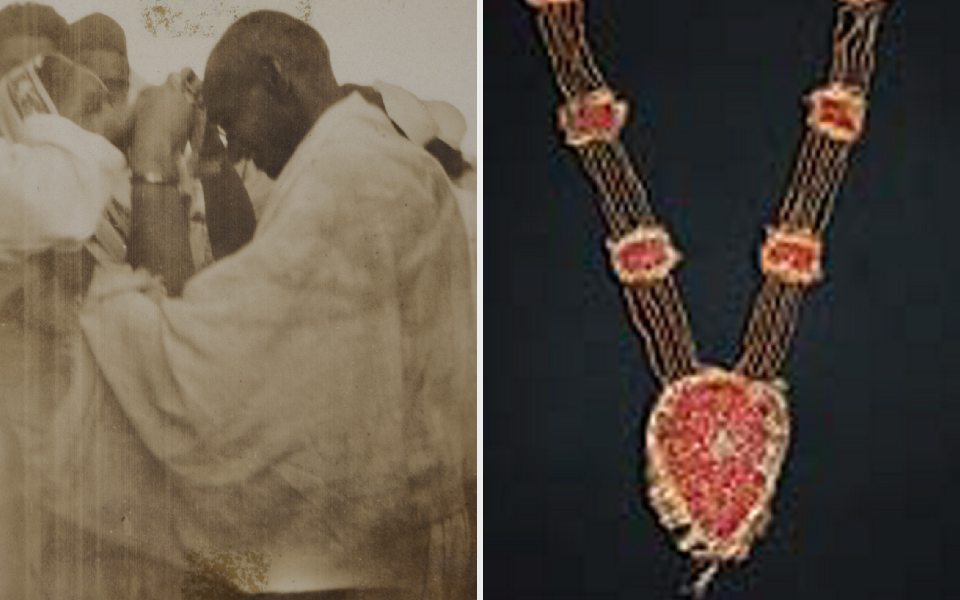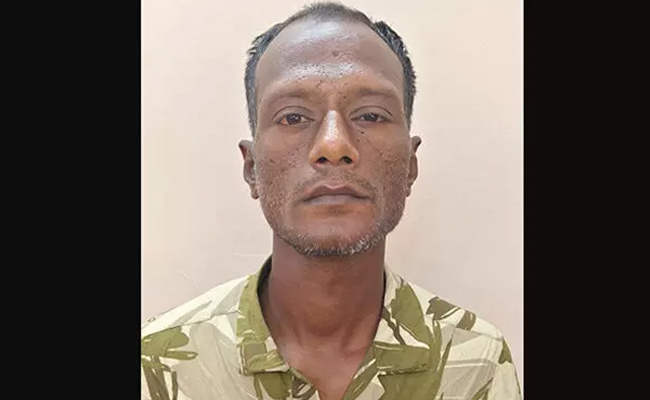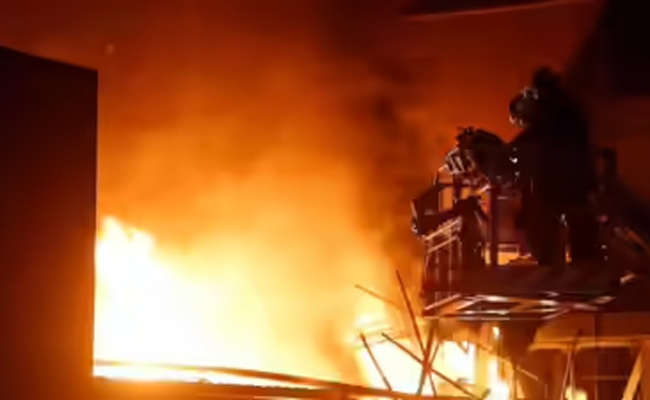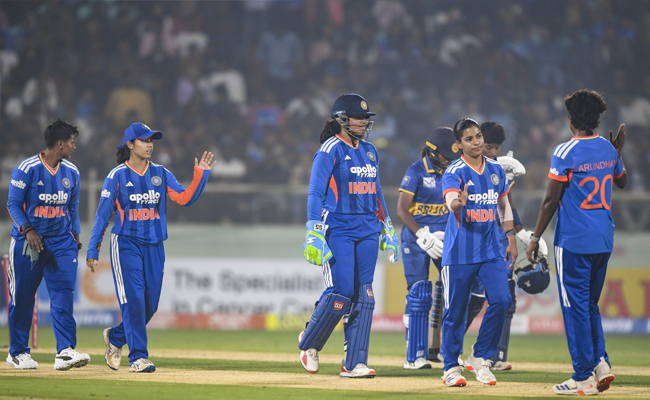London, Dec 12: A tinselled garland presented to and worn by Mahatma Gandhi during the iconic Dandi March of the Indian freedom struggle in 1930 remains open for bids after it failed to meet its GBP 20-30,000 guide price estimate at a UK auction this week.
The garland, in folded paper wrappers inscribed in Gujarati, is said to have been presented as the Salt March passed near the Ahmedabad home of Gandhi’s personal physician Dr Balvantrai N Kanuga and was offered by his wife, Nanduben Kanuga. It came up for auction as part of an ‘Islamic and Indian Art’ sale by Lyon & Turnbull in London on Wednesday.
“I am very surprised that the ‘Gandhi Garland’ did not find a home on the day of the auction,” said Kristina Sanne, Head of Sale at the auction house specialising in fine arts and antiques.
“That said, we have had quite a lot of interest since the sale and hope to sell it to the highest bidder. It deserves a great home,” she said.
The garland is composed of a large teardrop-shaped medallion of pink cloth backed on card, applied with silver and gold thread and sequins in an elaborate decorative pattern. It is edged with gold tinsel, with four smaller rectangular medallions and two triangular medallions similarly decorated and all connected with gold threads to form a necklace.
It passed on through descent from the collection of the late Dr Balvantrai N Kanuga, who along with his wife spent extensive periods at Mahatma Gandhi’s Sabarmati Ashram as fellow satyagrahis. An amateur photograph of Gandhi being presented with the garland is inscribed on the reserve to read: “Gandhiji Nanduben Kanuga. On the day of Dandi March. At Bungalow 12th March 1930”.
The literature with the auction lot states: “This garland was presented to Gandhi to mark an auspicious beginning to the Salt March, a major non-violent protest in India in March-April 1930. The Salt March was one of the most successful campaigns in Gandhi’s struggle against British rule in India to win equal rights and freedom for Indians.
“Starting at his ashram (religious retreat) at Sabarmati (near Ahmedabad), the march reached Dandi after a journey of some 240 miles. On the morning of April 6, Gandhi and his followers picked up handfuls of salt from along the seashore. In so doing, they technically ‘produced’ salt and broke the law.”
A photograph accompanying the garland shows Nanduben Kanuga placing the garland around Gandhi’s neck and it is said to have been subsequently returned to the Kanugas after the march.
“A few weeks later, Dr Kanuga further contributed to the cause by paying 1600 Rupees for the grains of salt that Gandhi had made at Dandi,” reads the footnote.
While the garland remained unsold, the auction attracted fierce bidding for its other highlight lots with a very fine illustration from a Bhagavata Purana series from Punjab going under the hammer for GBP 27,700 - overshooting its estimate of GBP 15-20,000. A group of six Rajput Equestrian Portraits from Rajasthan exceeded their estimate to fetch GBP 20,160 and an album of Kalighat Paintings sold for GBP 21,420.
“The Indian Art section saw frantic bidding throughout and was over 90 per cent sold. A real testament to the buoyancy of the Indian Art market,” said Sanne.
Let the Truth be known. If you read VB and like VB, please be a VB Supporter and Help us deliver the Truth to one and all.
Udupi: The Udupi police have arrested another accused in connection with a case involving employees of a Malpe–Cochin Shipyard limited allegedly sharing confidential information related to the Indian Navy with Pakistan in exchange for money.
The arrested accused has been identified as Hirendra Kumar, alias Bharat Kumar Khadayata (34), a resident of Kailas Nagar in Ananda taluk of Gujarat.
With this arrest, the total number of accused arrested in the case has risen to three. Earlier, on November 21, police arrested Rohit and Santri, both hailing from Uttar Pradesh. They are currently in judicial custody.
According to the police, Rohit and Santri were working in a joint venture company operating at the Malpe Shipyard.
A case was registered at the Malpe Police Station after it was found that confidential details, including a list of Indian Navy ship numbers and other sensitive information, were allegedly shared with Pakistan through WhatsApp, leading to illegal monetary gains.
Hirendra Kumar was arrested on December 21 by a team led by Karkala Sub-Division Assistant Superintendent of Police Harsha Priyamvada, the investigating officer in the case. Police stated that the accused had allegedly procured a mobile SIM card in his name for a fee and handed it over to the other accused for use in the illegal activity.
He was produced before the court, and further investigation is underway, police officials said.





